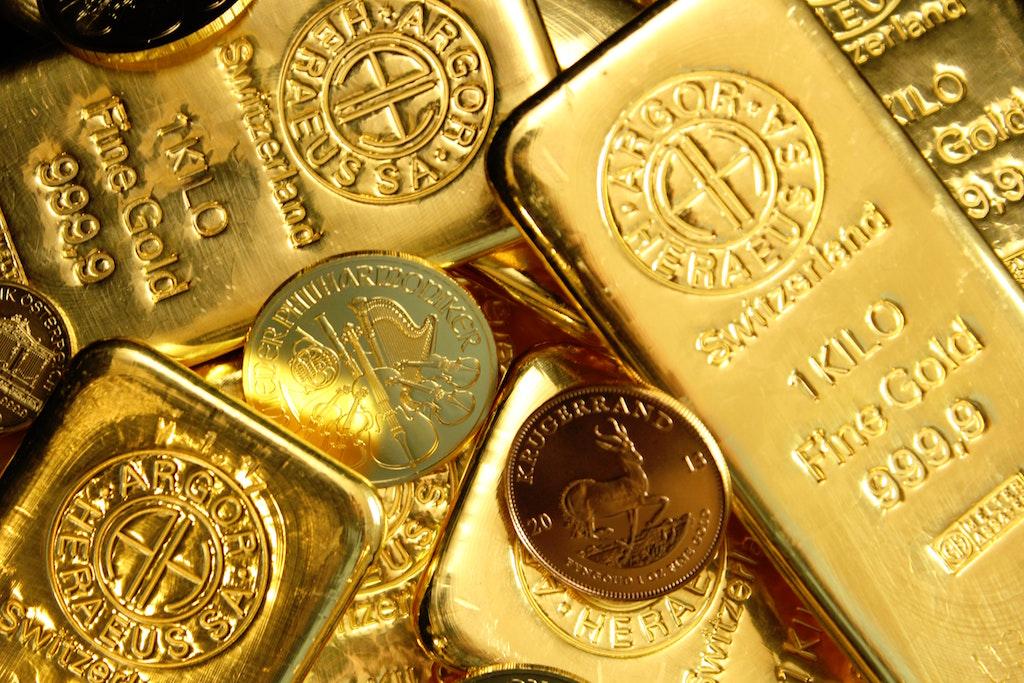In the labyrinthine world of investments, there exist a multitude of possibilities, each harbouring their unique set of risks and rewards. Treading into this terrain, a particular element, glimmering with an air of antiquity, has been in perpetual debate — Gold. It sparkles, yes, but is its investment sheen equally as lustrous?
Let us traverse time briefly. It was in the aftermath of the cataclysmic World War II, a global monetary system evolved, drawing its strength from the mighty dollar. A crucial component of this system, gold, found its value tethered to the dollar, immovably etched at $35 per ounce. This changed in the frost of January 1975, the shackles connecting the dollar and gold were severed, bestowing upon the precious metal the status of a free commodity.
In the unfathomable depths of the financial arena, gold remains a treasured contender. Investors, their eyes always keenly attuned to possibilities, perceive it as a sturdy bulwark against the tumultuous waves of inflation and a weakening dollar. The dollar’s loss transmutes into gold’s gain, rendering the precious yellow metal pricier for investors wielding foreign currencies. Hence, the world financial markets monitor the pulse of gold prices with an eagle’s attention.
Contrastingly, when weighed against other commodities, the value of gold has consistently tilted the scales towards the higher end. But, in the glitter of gold, lies a crucial warning.
Picture this: a shimmering nugget of gold, a tangible, vulnerable asset, unlike the ethereal nature of stocks and bonds securely housed within accounts and certificates. The realness of gold, ironically, becomes its Achilles’ heel. It can be misplaced, robbed, vanished without a trace, a factor which any prospective investor must acknowledge.
Delving further into the nuances of investing in gold, it is imperative to remember that gold does not possess the traits of a currency. No interest, no dividends – its value dances to the whims of market fluctuations. The golden sheen may entice, but underneath, lurks an undeniable volatility.
As with most things in life, demand shapes the destiny of gold. Presently, this demand surges predominantly from the East, with India and China at the helm. Meanwhile, the mighty US government finds its coffers lacking in sufficient gold reserves to support the dollar, compelling central banks worldwide to offload or lease their holdings to other nations.
In the chronicles of the tumultuous last decade, gold has undeniably showcased its unwavering mettle, emerging as an impenetrable bastion, poised to shield against the looming specter of inflation and serving as an alluring haven for discerning investors navigating the treacherous labyrinth of a capricious and unpredictable global economy. Astonishingly, in the annals of 2012, this exalted and invaluable precious metal experienced an extraordinary ascent, scaling the dizzying heights of an unprecedented pinnacle, reaching an awe-inspiring zenith of a record-shattering $1,923 per ounce.
At first glance, investing in gold may seem like a golden opportunity. It’s attractive, certainly, but the investor must tread with caution, for not all that glitters is gold. There is an inherent risk associated with investing in gold; it lacks the governmental backing that other investments such as stocks and bonds boast. Its value, quite akin to a leaf on a windy day, sways to the rhythm of supply, demand, and speculative price movements.
A word to the wise, a universal truth that remains staunchly relevant in the sphere of investments – all investments harbour inherent risks. There are no golden tickets to guaranteed returns, not even in gold. Remember this adage, engrave it into your investing philosophy: every investment carries its own set of risks

